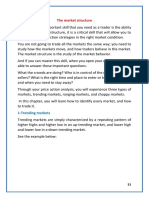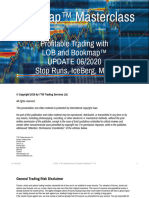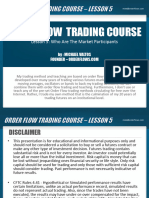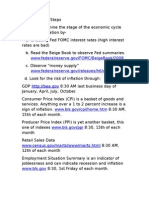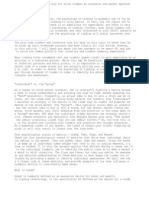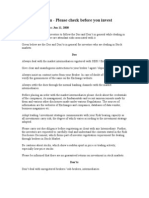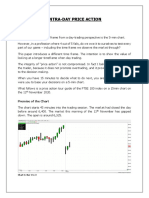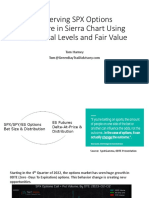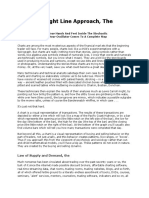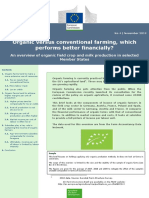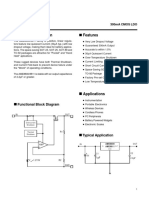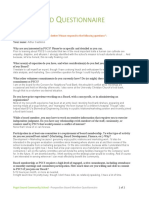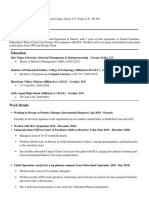0% found this document useful (0 votes)
312 views28 pagesOrder Flow Insights for Traders
This document discusses using order flow analysis to time trades effectively. It defines key order flow concepts like bid and ask prices and volumes. It explains that by observing the interaction of market, limit, and passive orders, one can gain insights into where smart money is accumulating or distributing. The document emphasizes that order flow analysis must be used in the proper context based on other technical analysis or market profile readings. It promises the next webinar will discuss integrating these tools for improved trading results.
Uploaded by
Varun VasurendranCopyright
© © All Rights Reserved
We take content rights seriously. If you suspect this is your content, claim it here.
Available Formats
Download as PDF, TXT or read online on Scribd
0% found this document useful (0 votes)
312 views28 pagesOrder Flow Insights for Traders
This document discusses using order flow analysis to time trades effectively. It defines key order flow concepts like bid and ask prices and volumes. It explains that by observing the interaction of market, limit, and passive orders, one can gain insights into where smart money is accumulating or distributing. The document emphasizes that order flow analysis must be used in the proper context based on other technical analysis or market profile readings. It promises the next webinar will discuss integrating these tools for improved trading results.
Uploaded by
Varun VasurendranCopyright
© © All Rights Reserved
We take content rights seriously. If you suspect this is your content, claim it here.
Available Formats
Download as PDF, TXT or read online on Scribd
/ 28









